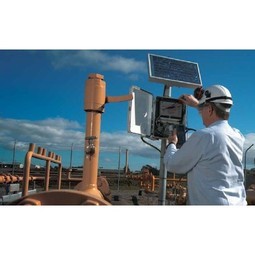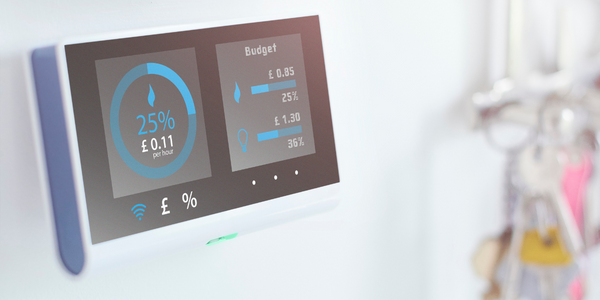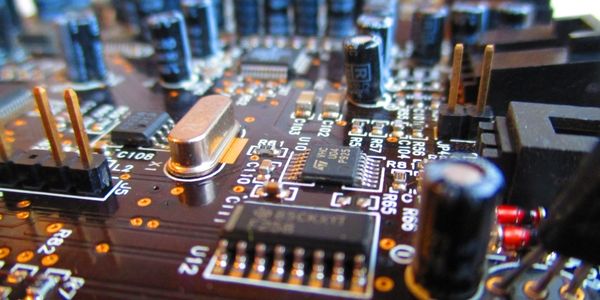技术
- 网络与连接 - 网关
- 处理器与边缘智能 - 微控制器与印刷电路板 (PCB)
适用行业
- 电子产品
- 公用事业
适用功能
- 维护
- 产品研发
用例
- 时间敏感网络
- 车载远程信息处理
服务
- 硬件设计与工程服务
关于客户
和硕公司是一家总部位于台湾台北的电子制造公司。该公司为品牌供应商开发各种计算、通信和消费电子产品。其产品线包括主板、台式电脑、笔记本电脑、无线系统、游戏机、网络设备和机顶盒。和硕 (Pegatron) 是华硕计算机公司 (ASUSTeK Computer Inc.) 的子公司,也称为华硕 (ASUS),是一家跨国计算机硬件和电子公司。在和硕,计算机辅助工程 (CAE) 副总监 Sky Huang 领导的团队负责开发 PCB 和设计工具,为公司的平板电脑、笔记本电脑和服务器研发部门提供支持。
挑战
和硕公司是一家领先的电子制造公司,在产品开发过程中面临着重大挑战。该公司的布局团队花费了大量时间手动布线和调整为笔记本电脑、平板电脑和服务器产品开发的 PCB 上的走线。该过程缓慢且劳动密集型,特别是在处理可能具有多达 1,000 个引脚的复杂球栅阵列 (BGA) 封装时。该公司的客户还要求更详细的评估,要求 100% 的布线,包括调整。这种情况限制了团队可以处理的项目数量,并导致团队成员感到沮丧。为了提高生产力并满足客户需求,团队需要一种自动化路由流程的方法。
解决方案
昌硕转向 Cadence,他们与这家公司有着密切的关系,并且他们已经在使用该公司的工具。 Cadence 建议使用其 Allegro PCB Designer 工具中的一项独特功能 - 高速选项(自动交互式延迟调整,或 AiDT)。此功能可根据电气和物理约束自动执行调谐过程,从而对选定的信号集添加调谐。和硕团队还使用 Allegro PCB Designer 的 Timing Vision 功能来更清晰地了解其设计的约束条件。他们最初在两种设计上使用了 AiDT 功能:服务器扩展板和平板电脑板。 AiDT 功能使团队能够自动化路由过程,显着减少花在这项任务上的时间,并释放资源来承担更多项目。
运营影响
数量效益

Case Study missing?
Start adding your own!
Register with your work email and create a new case study profile for your business.
相关案例.

Case Study
IoT Solutions for Smart City | Internet of Things Case Study
There were several challenges faced: It is challenging to build an appliance that can withstand a wide range of voltage fluctuations from as low at 90v to as high as 320v. Since the device would be installed in remote locations, its resilience was of paramount importance. The device would have to deal with poor network coverage and have the ability to store and re-transmit data if networks were not available, which is often the case in rural India. The device could store up to 30 days of data.

Case Study
Remote Temperature Monitoring of Perishable Goods Saves Money
RMONI was facing temperature monitoring challenges in a cold chain business. A cold chain must be established and maintained to ensure goods have been properly refrigerated during every step of the process, making temperature monitoring a critical business function. Manual registration practice can be very costly, labor intensive and prone to mistakes.

Case Study
Automation of the Oguz-Gabala-Baku water pipeline, Azerbaijan
The Oguz-Gabala-Baku water pipeline project dates back to plans from the 1970’s. Baku’s growth was historically driven by the booming oil industry and required the import of drinking water from outside of the city. Before the construction of the pipeline, some 60 percent of the city’s households received water for only a few hours daily. After completion of the project, 75 percent of the two million Baku residents are now served around the clock with potable water, based on World Health Organization (WHO) standards. The 262-kilometer pipeline requires no pumping station, but uses the altitude differences between the Caucasian mountains and the capital to supply 432,000 m³/d to the Ceyranbatan water reservoir. To the people of Baku, the pipeline is “the most important project not only in 2010, but of the last 20 years.”

Case Study
GPRS Mobile Network for Smart Metering
Around the world, the electricity supply industry is turning to ‘smart’ meters to lower costs, reduce emissions and improve the management of customer supplies. Smart meters collect detailed consumption information and using this feedback consumers can better understand their energy usage which in turn enables them to modify their consumption to save money and help to cut carbon emissions. A smart meter can be defined in many ways, but generally includes an element of two-way communication between the household meter and the utility provider to efficiently collect detailed energy usage data. Some implementations include consumer feedback beyond the energy bill to include online web data, SMS text messages or an information display in consumers’ premises. Providing a cost-effective, reliable communications mechanism is one of the most challenging aspects of a smart meter implementation. In New Zealand, the utilities have embraced smart metering and designed cost effective ways for it to be implemented. The New Zealand government has encouraged such a move to smart metering by ensuring the energy legislation is consistent with the delivery of benefits to the consumer while allowing innovation in this area. On the ground, AMS is a leader in the deployment of smart metering and associated services. Several of New Zealand’s energy retailers were looking for smart metering services for their residential and small business customers which will eventually account for over 500,000 meters when the multi-year national deployment program is concluded. To respond to these requirements, AMS needed to put together a solution that included data communications between each meter and the central data collection point and the solution proposed by Vodafone satisfied that requirement.

Case Study
NB-IoT connected smart meters to improve gas metering in Shenzhen
Shenzhen Gas has a large fleet of existing gas meters, which are installed in a variety of hard to reach locations, such as indoors and underground, meaning that existing communications networks have struggled to maintain connectivity with all meters. The meter success rate is low, data transmissions are so far unstable and power consumption is too high. Against this background, Shenzhen Gas, China Telecom, Huawei, and Goldcard have jointly trialed NB-IoT gas meters to try and solve some of the challenges that the industry faces with today’s smart gas meters.








